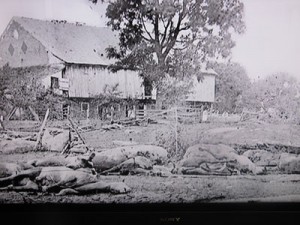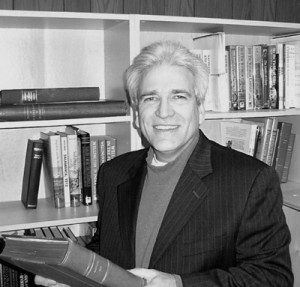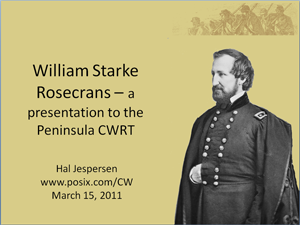Stephen Aguirre on the “5th New York Volunteer Infantry, Duryée’s Zouaves”
Stephen covered one of America’s most significant Zouave units, the 5th New York Volunteer Infantry, Duryée’s Zouaves. None attained a more exalted reputation for military bearing, proficiency of drill, and discipline under fire, than Duryée’s Fifth New York. The 5th New York was one of perhaps fifty regiments uniformed in the colorful North African style of the French Zouaves, whose exploits in the Crimean War had gained them world-wide fame. The 1860 tour of a champion militia unit, the U.S. Zouave Cadets, led by young Captain Elmer E. Ellsworth, had firmly established the Zouave style in the American public’s mind. The 5th New York was but one of many units born in the “Zouave Craze.”
Stephen Aguirre is an amateur Civil War historian, reenactor and lecturer. Professionally he is a high technology strategic planner and was previously a licensed Architect. He is an avid reader on Civil War histories with a particular interest in American Zouave units. Stephen has been an active member of the American Civil War Association for twelve years, serving as the Battalion Sergeant Major for the last 4 years. He is a active member of the Sons of the Union Veterans of the Civil War, Camp 4 Phil Sheridan, San Jose, California, currently serving as Junior Vice Commander. Stephen holds a Bachelor of Science in Civil Engineering from University of Southern California, Master of Architecture from the University of California, Berkeley, and Master of Electrical Engineering work from San Jose State University. He lives in San Jose, California with his lovely wife Taija and their sagacious Wire Fox Terrier, Aalto.



